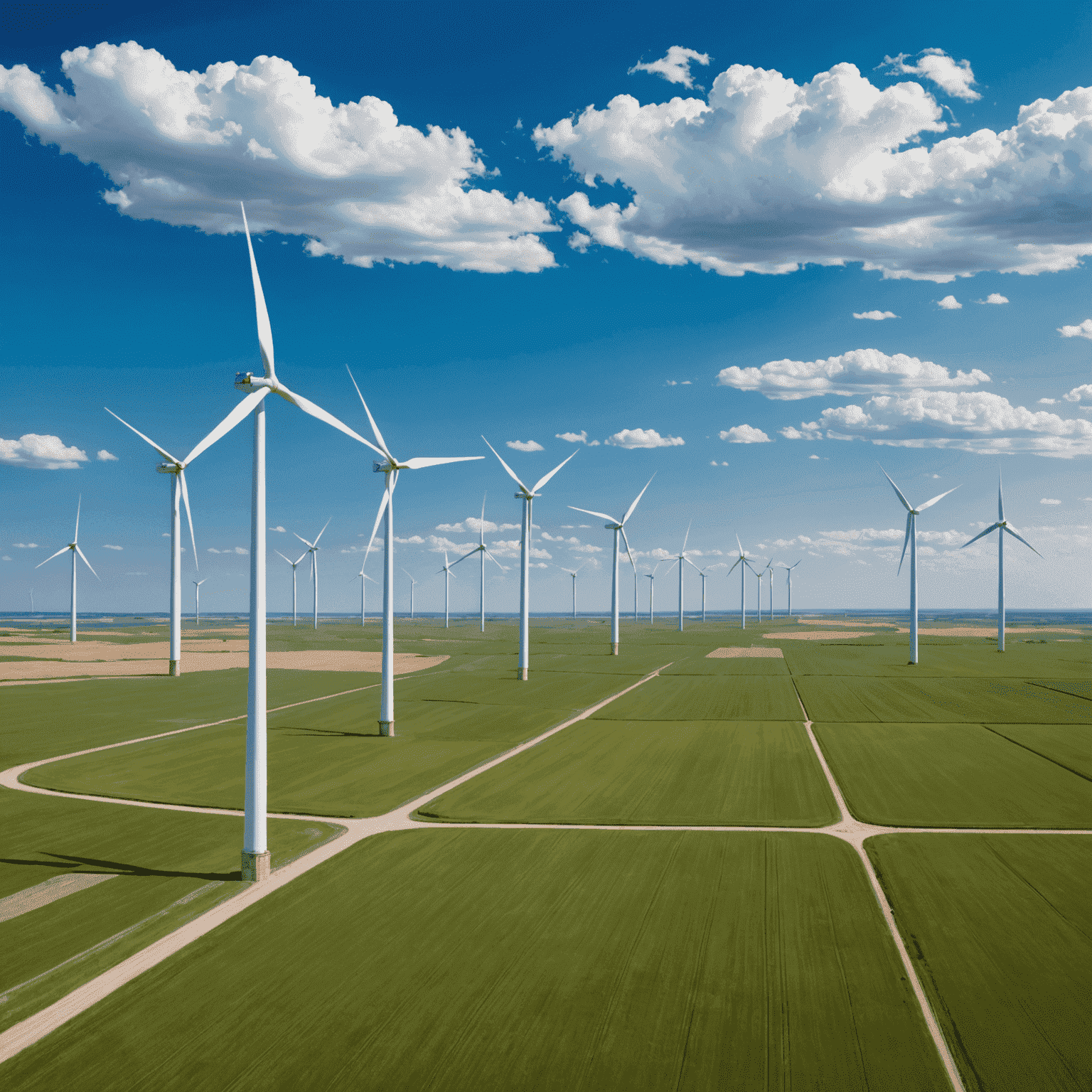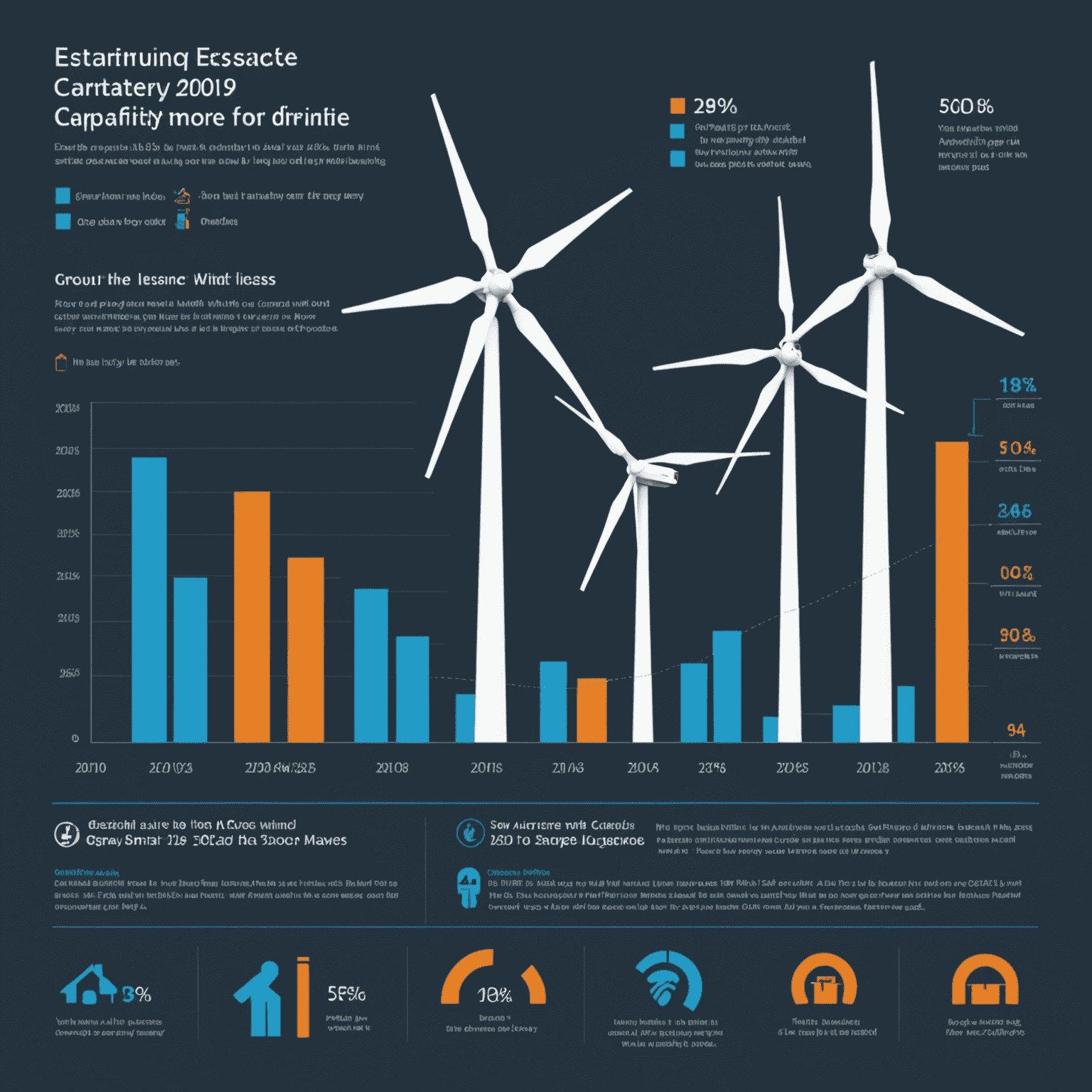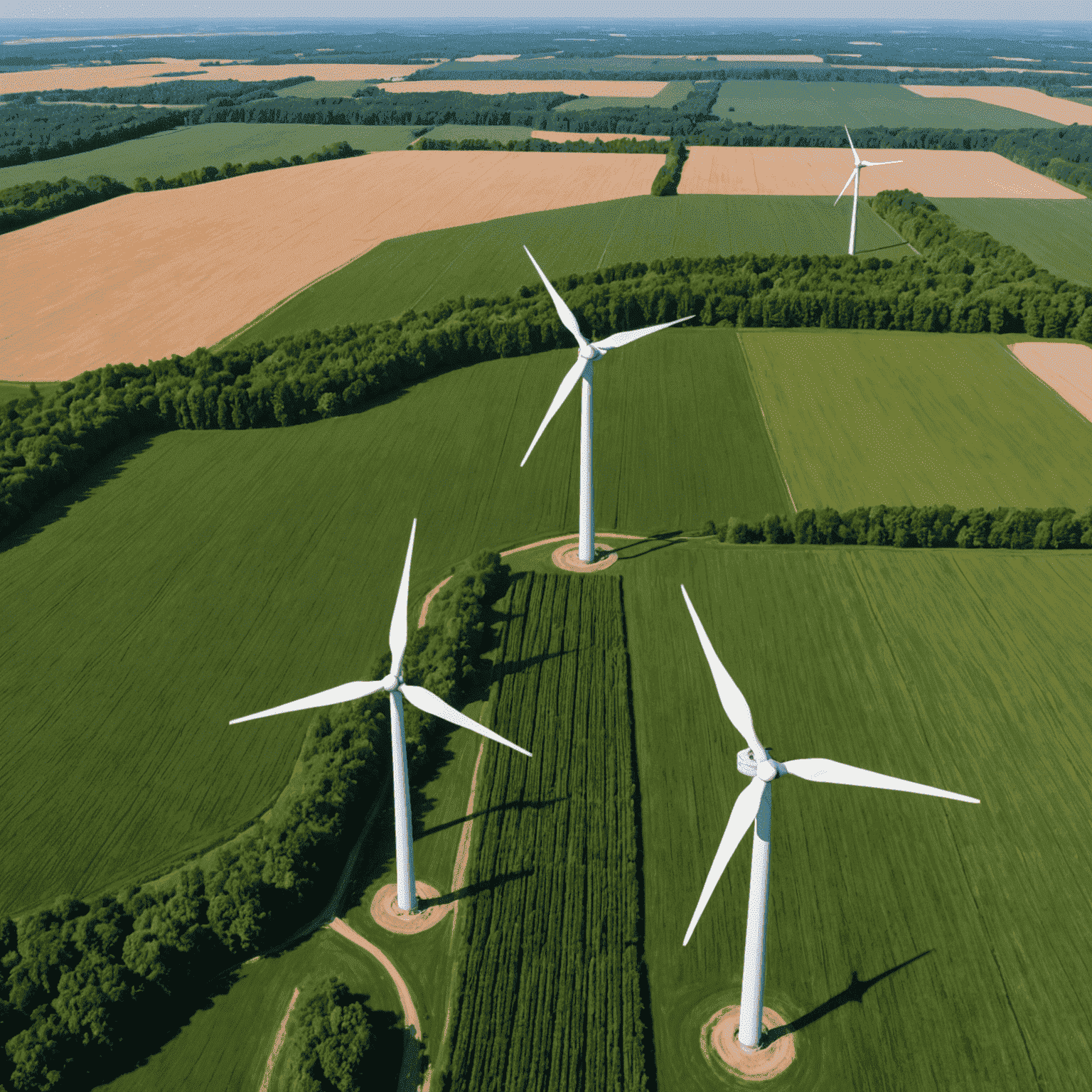Wind Energy in Canada: Powering a Sustainable Future

Canada's vast landscapes and windy coastlines provide an ideal setting for harnessing wind power, contributing significantly to the country's renewable energy goals and energy independence.
The Growth of Wind Energy in Canada
Over the past decade, wind energy has become an increasingly important part of Canada's energy mix. With a commitment to reducing greenhouse gas emissions and transitioning to cleaner energy sources, wind power has seen remarkable growth across the country.
Key Statistics:
- Total installed capacity: Over 13,000 MW
- Number of wind farms: 300+
- Percentage of Canada's electricity from wind: Approximately 6%
- Annual growth rate: 20% (average over the last 5 years)

Major Wind Farm Projects Across Canada
Several provinces have taken the lead in wind energy development, with notable projects contributing to Canada's renewable energy landscape:
1. Lac Alfred Wind Farm, Quebec
Located in the Bas-Saint-Laurent region, this 300 MW project consists of 150 wind turbines and provides clean energy to over 70,000 homes.
2. Blackspring Ridge Wind Project, Alberta
With a capacity of 300 MW, this wind farm in southern Alberta is one of the largest in Western Canada, featuring 166 wind turbines.
3. South Kent Wind Farm, Ontario
This 270 MW project in Chatham-Kent comprises 124 wind turbines and generates enough electricity to power approximately 100,000 Ontario homes.

Benefits of Wind Energy in Canada
Environmental Impact
Wind energy significantly reduces greenhouse gas emissions, helping Canada meet its climate change commitments and improve air quality.
Economic Growth
The wind energy sector has created thousands of jobs in manufacturing, construction, and maintenance, boosting local economies across the country.
Energy Independence
By harnessing its abundant wind resources, Canada is reducing its reliance on fossil fuels and moving towards greater energy independence.
Rural Development
Wind farms provide a new source of income for rural communities through land lease payments and increased tax revenues.
Challenges and Future Outlook
Despite its success, the wind energy sector in Canada faces several challenges:
- Intermittency of wind power and the need for energy storage solutions
- Environmental concerns, including impacts on wildlife and noise pollution
- Integration with existing power grids and transmission infrastructure
- Public acceptance and community engagement in project development
However, with ongoing technological advancements and strong government support, the future of wind energy in Canada looks promising. The country aims to increase its wind power capacity significantly in the coming years, further solidifying its position as a leader in renewable energy.
Conclusion
Wind energy plays a crucial role in Canada's transition to a low-carbon economy and its quest for energy independence. As the country continues to invest in and expand its wind power infrastructure, it moves closer to achieving its renewable energy goals while creating a more sustainable and prosperous future for all Canadians.